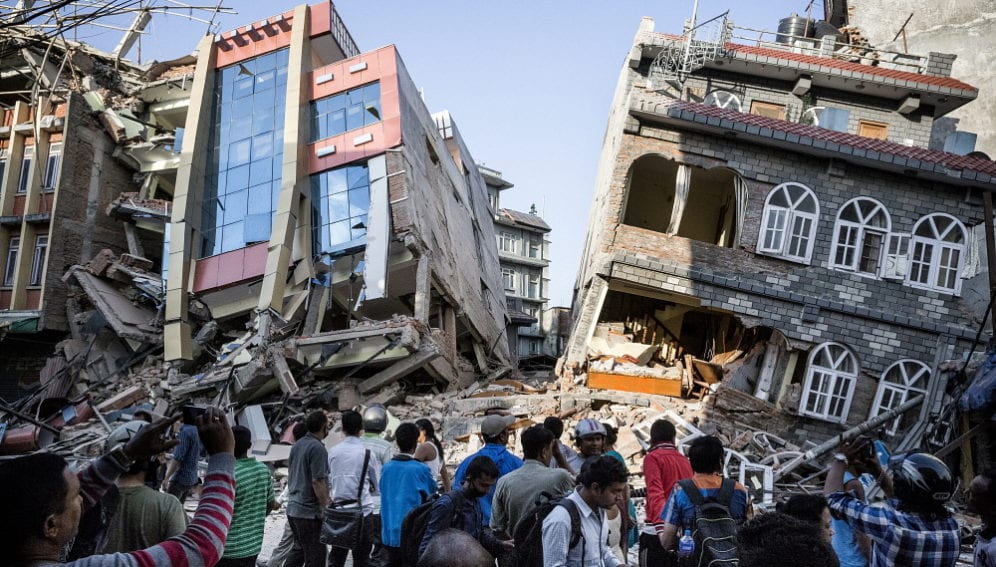By: Justin Petrone
Send to a friend
The details you provide on this page will not be used to send unsolicited email, and will not be sold to a 3rd party. See privacy policy.
A better developed disaster management system may have helped Nepal cope better with its 2015 earthquake and the country needs to change the way it collects and shares information, says the author of a new study.
Andrew Lee, a professor at the University of Sheffield, UK, interviewed 11 Nepalese government officials, academics, programme managers, disaster management practitioners, and policymakers in order to identify barriers to evidence-based disaster management. These barriers ranged from contextual factors such as poverty and local cultures to more system-level issues including problems with coordinating multiple agencies and NGOs.
“Getting information about disasters is difficult simply because it is poorly recorded,” says Lee. “What is recorded is stored by many different organisations and not indexed, so it is not easy to retrieve, and there is considerable variation in the quality of what is recorded as well,” Lee says. “Trying to pick out the signal from the noise is therefore challenging.”
Lee’s study focused on the factors limiting the development of an evidence base and obstacles that can hamper Nepalese disaster management agencies should another earthquake or other disaster strike. One interesting barrier that he identified was cultural; a fatalism that accompanies living with a heightened risk of a natural disaster occurring.
“There is a culture of ‘living with risk’ partly due to socio-economic circumstances that meant some communities could not relocate,” Lee writes. “This is associated with lessened risk perception as well as considerable fatalism,” he writes. “Fatalism could be pervasive, affecting the community as well as practitioners and policymakers, and can be a barrier to engagement in disaster preparedness and mitigation activities.”
As there is a degree of apathy arising from fatalism there is little drive to learn from past disasters or to seek knowledge about them, Lee says. “Compare this with say the medical world in the West where the evidence-based movement has led to this constant pursuit of knowledge and best ways of doing things,” he says.
Another issue facing Nepalese disaster management is political, leading to an inability to coordinate relief efforts undertaken by various actors. “This issue is compounded in a disaster situation when the affected areas are flooded by hundreds of aid workers and international aid agencies, some of whom conveniently pay little heed to the local authorities as they pursue their own agendas,” says Lee.
“Still, it would not be fair to criticise the Nepali government for poor coordination if the various actors choose not to be coordinated,” Lee cautions. “This situation is compounded by the fact that there were already thousands of NGOs operating in Nepal pre-disaster. Coordinating this large number of organisations would be a real challenge even for a strong, well-functioning government in the West.”
Deepak Paudel, a member of the Disaster Preparedness Network in Nepal, a loose network of organisations concerned with disaster management, says that the new paper is “useful for policy makers and relevant as literature for further research.”
This piece was produced by SciDev.Net’s South Asia desk.














